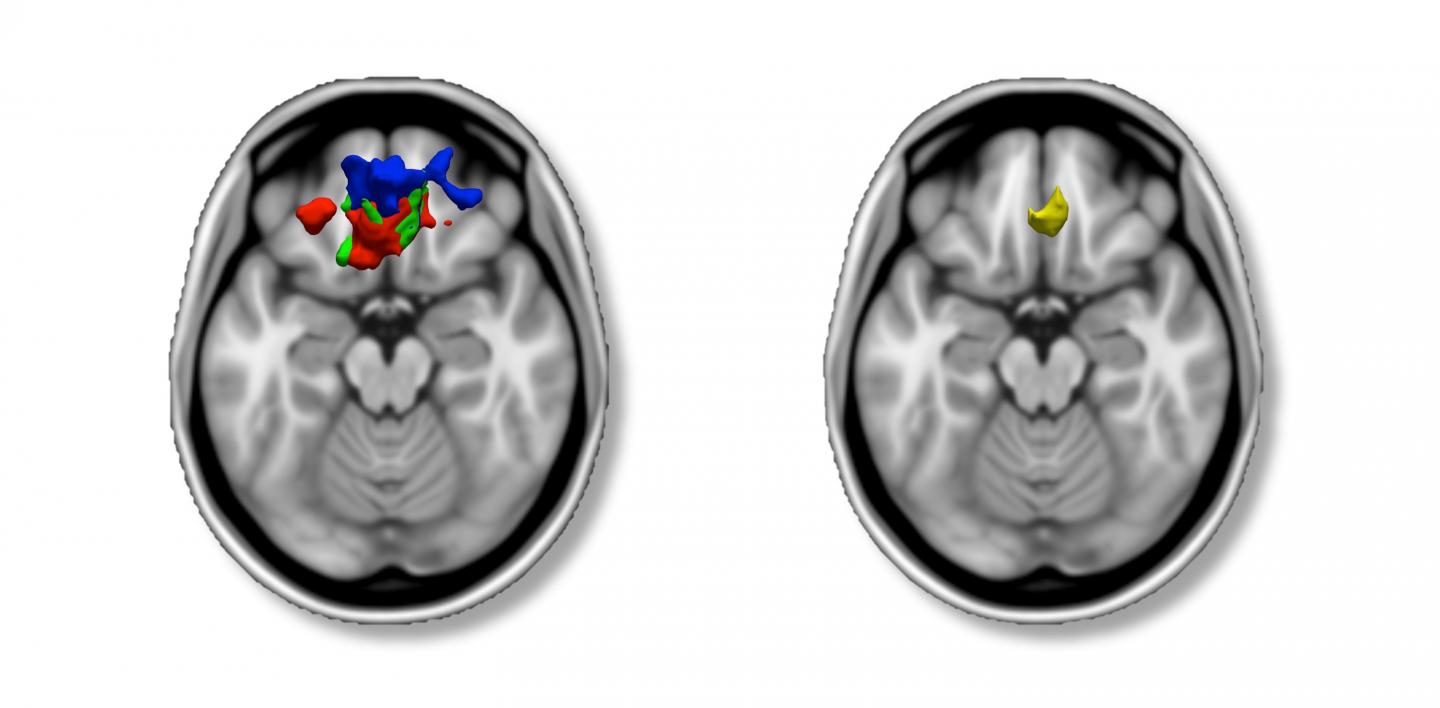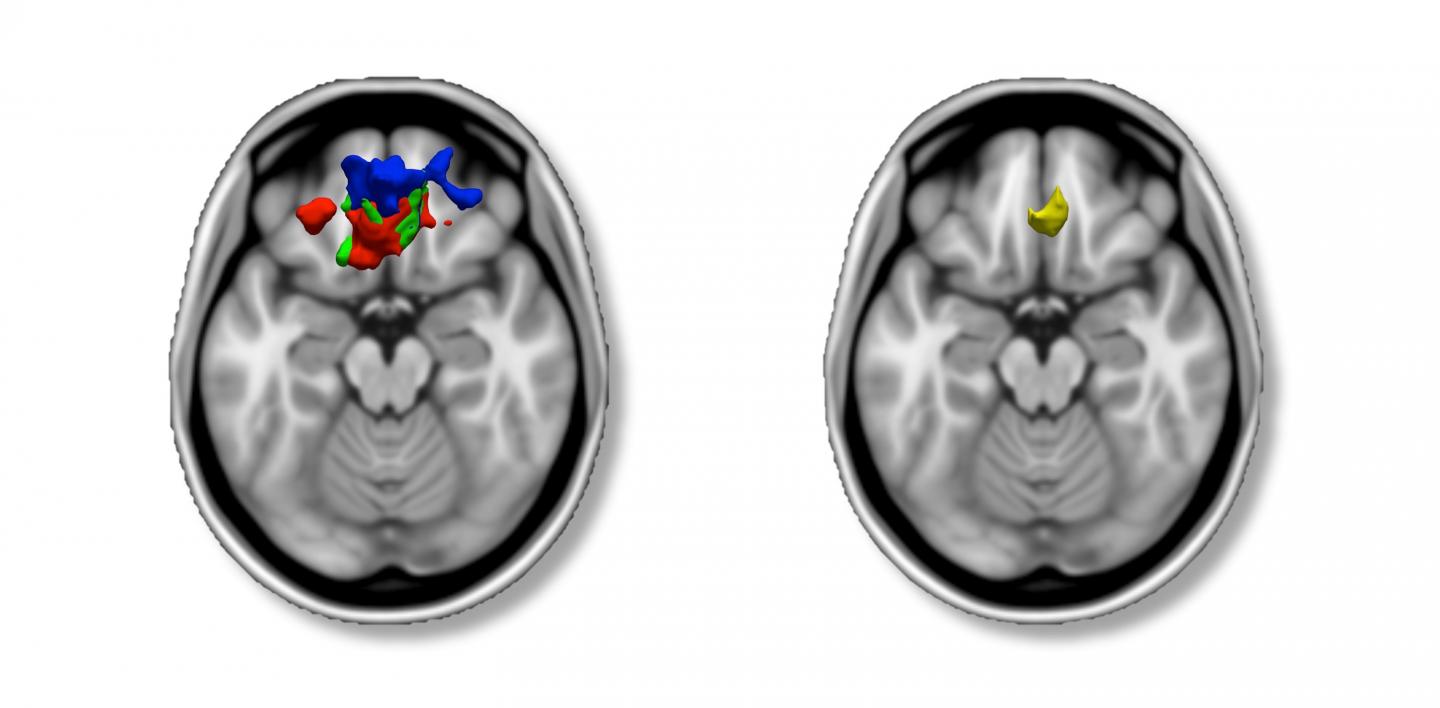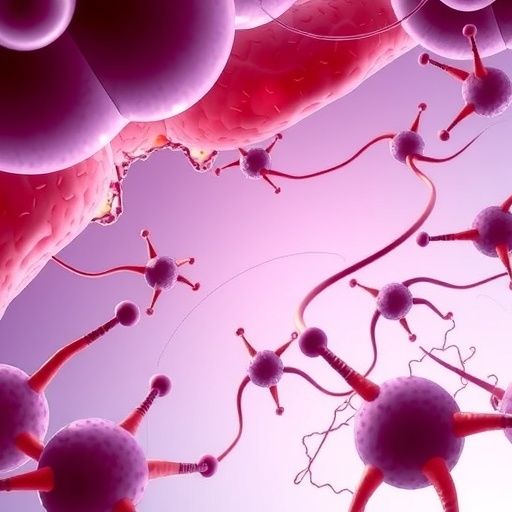
Credit: Courtesy of Matthew Albaugh, Ph.D.
Despite diagnoses for attention-deficit/hyperactivity disorder (ADHD) occurring in a reported 11 percent of U.S. school-aged kids, clinicians still don't fully understand the underlying causes of this common condition. Now a brain marker may be on the horizon, thanks to a new approach that provides evidence of a relationship between brain structure and dimensional measures of ADHD symptoms. The study's results are reported in an Article in Press in Biological Psychiatry.
Using data from the IMAGEN study, researchers, including Matthew Albaugh, Ph.D., from the Larner College of Medicine at the University of Vermont (UVM), took a multi-informant approach to investigate whether or not dimensional measures of ADHD symptoms and brain imaging data could shed new light on the root source of ADHD's symptoms, including inattention, hyperactivity and impulsivity. Their work represents the largest structural imaging study to date on ADHD symptoms in adolescents.
"Few studies have examined the relationship between ADHD symptomatology and brain structure in population-based samples," say Albaugh and the study's authors, who rather than taking what is called a "categorical" approach – a comparison of ADHD patients and controls – took a quantitative, dimensional, multi-informant approach. This method dovetails with work done by UVM's Thomas Achenbach, Ph.D., and colleagues, revealing aspects of dimensionality with regard to many psychiatric conditions, including ADHD.
"It's not whether or not one has attention problems, it is the degree to which one is inattentive," says Albaugh.
For the study, Albaugh and his colleagues examined psychopathology and imaging data from 1538 adolescents. The data included parent ratings of ADHD symptoms collected through the Strengths and Difficulties Questionnaire (SDQ), and self-reports from the adolescents in the study through the youth version of the SDQ. The team also derived ADHD symptom counts from parent interviews – and then related ADHD symptom counts to brain structure.
When they overlaid the imaging results from all of their analyses – using behavioral questionnaire data and symptom counts – they found an anatomical region of convergence; ADHD symptomatology reported by parents and adolescents was related to reduced gray matter volume in an area of the prefrontal cortex, the ventromedial prefrontal cortex (vmPFC). This relationship was particularly true for symptoms of inattention.
The team also found that this area of anatomical convergence was related to an objective behavioral measure of attention that has been previously associated with ADHD, reaction time variability. Past research by others has shown that ADHD youths exhibit more variability in their response times, and this is believed to reflect inattention and distractibility. Albaugh and colleagues found that greater variability in reaction time was associated with reduced volume in the the vmPFC.
The connection of reduced vmPFC volume to inattention sets the stage for follow-up research, says Albaugh, who believes these findings could affect future ADHD interventions to strengthen this region of the brain. The work may also help to identify which youth go on to experience elevated symptom levels later in adulthood.
"We are finding that volume in this brain area predicts symptom change from adolescence to adulthood," says Albaugh. "It's exciting to think that, down the road, there might be real clinical utility to these results."
###
Media Contact
Jennifer Nachbur
[email protected]
802-656-7875





